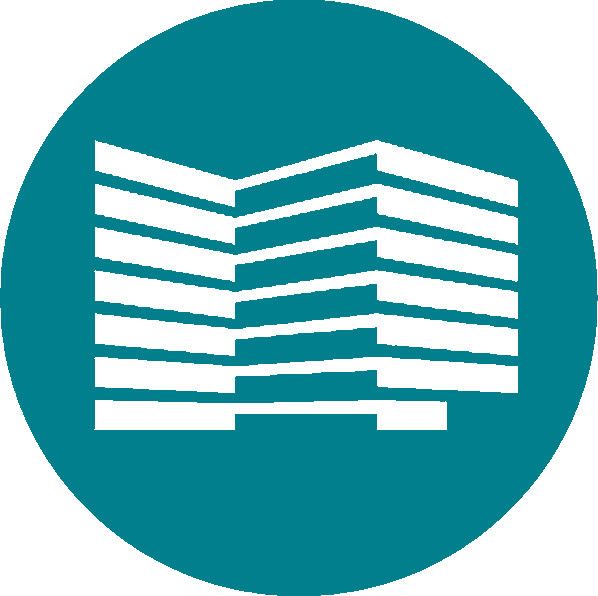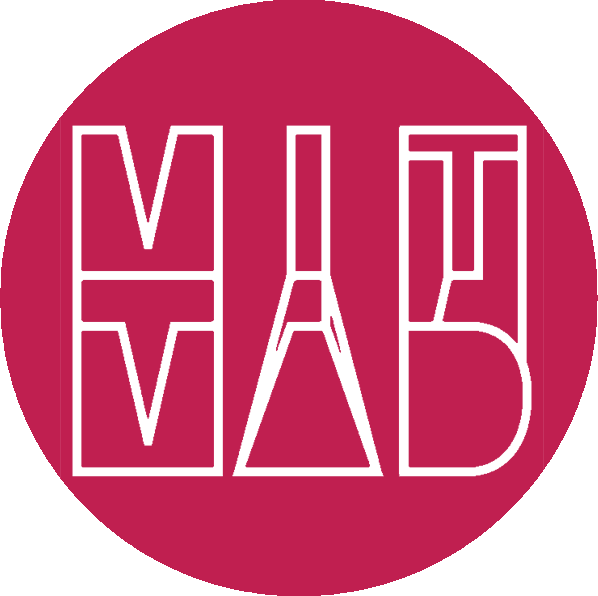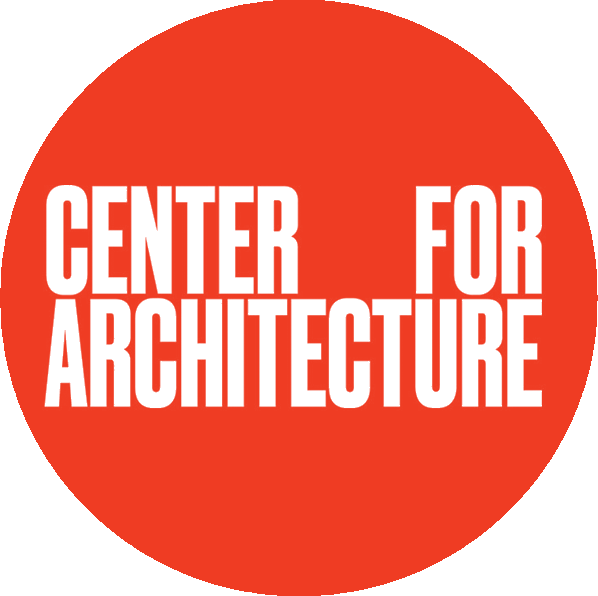Are You Missing a Key Diversity Target?
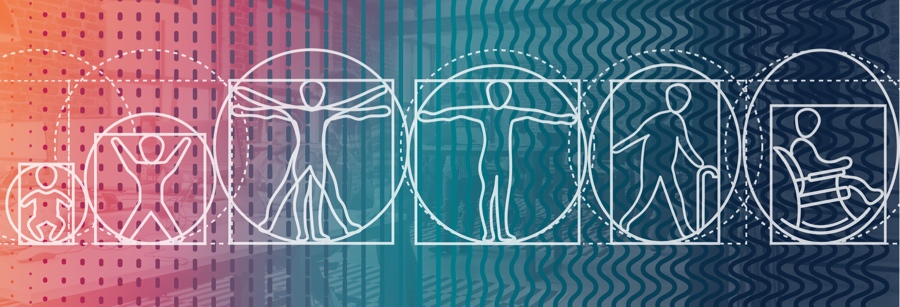
Embracing Age Diversity Yields Rich Rewards
Ok, Boomer. It’s a meme. It’s a sweatshirt. It’s... personal. When agism is allowed to seep into the workplace, it’s costly on many levels. It leads to conflict and low morale, lowers productivity, and may even result in illegal hiring practices. From Boomers to Zoomers, we all deserve to be visible and valued in our workplace. With seven living generations in our midst, companies that aren’t focusing on generational diversity are missing out—and that’s the bottom line. Read more in On Our Minds.
On our minds
Just as age-diverse communities support the psycho-social wellbeing of neighbors young and old, age-diverse teams offer a rich array of perspectives, skills, and neurological functionalities. If everyone can learn to communicate and dismantle stereotypes, these diverse teams drive more holistic solutions—the type of solutions that a single-generation team may never have arrived at.
Older workers often face hiring biases and feel undervalued, despite data showing that they may be the most efficient employees. Age-related hiring biases may also start much earlier that you think; several studies indicate that they start at around 45. We’re quick to denounce racism, ableism, and gender disparity in the workplace, but in an era flush with DEI initiatives, only eight percent include age-diversity targets, despite the fact that increasing the percentage of older workers enhances productivity and lowers turnover.
Age-diverse teams are exceptional for the same reason that generally diverse teams are exceptional; because different backgrounds create both more expansive and more nuanced viewpoints and combined, they give us a more informed approach to our challenges. Diverse groups provide a diverse lens, capable of zooming in and out, of understanding fresh technology as well as time-tested best practices.
The benefits of embracing age diversity, from youngest to oldest, go beyond collectively possessing a wider range of preferences. Our brains work differently at different life stages, which means that an age-diverse team is a neurodiverse team. Younger brains are like sponges. They synthesize new info and make connections quickly and eagerly. In fact, processing speeds peak in our teens. Older brains may be slower, but they’re likely to be more accurate and better at “reading the room,” since emotional intelligence peaks in midlife. The older we get, the more “big-picture” context we have. This means that, while a younger employee may recognize an exciting trend, an older employee may be able to place what seems like new phenomena into a pattern spanning decades, identifying similar trends that came before. This insight may help predict how a situation will play out or how significant it is. In other words, as we move through and beyond middle age, our brains become more strategic. And actually, this ability to comprehend accumulated knowledge, which is also known as “crystalized intelligence,” doesn’t peak until we’re in our 60s and 70s.
Our current workforce holds four generations, which means we need age-inclusive practices to support workers at different phases of their careers and life experiences. Office policies need to be able to offer mentorship to young professionals and support the Gen-X-ers and Millennials who are juggling family responsibilities that may include both childcare and senior-care. Meanwhile, team leaders need to be able to help employees debunk age-related prejudice and facilitate conversations across generations, while facility managers need to ensure that physical spaces are accessible and able to be personalized. Our workplaces will also benefit from outreach to those who are not yet in our spaces. Make the most of your student interns and plan ahead for Take Your Daughters and Sons to Work Day.
Or offer workplace policies that are flexible to having kids at the office; these will help everyone stretch their age-boundaries.
One of our favorite concepts for advancing understanding across the generations, the MIT AgeLab developed an empathy-suit named AGNES, which simulates the physical components of aging. This suit allows the wearer to move through the world with similar physical limitations (such as less flexibility and dexterity) to a person in their 70s. The suit has been used by design teams to help create more inclusive retail, driving, and public transportation spaces, among other things. While it’s not feasible for every facilities manager to snag one of these rad ensembles and road-test their office for potential pitfalls, an emphasis on empathy is the key.
Age-segregation is as ingrained as racial segregation in American culture, which means that employers can’t just assume millennials will inherently value the skills that Boomers bring to the table, or that Gen Z hires will feel comfortable having a conversation with their Gen X supervisor. Workplaces actually have to teach cross-generational collaboration, to ensure that various approaches are complementary rather than combative. The authors of GenIntelligence: The Revolutionary Approach to Leading an Intergenerational Workforce recommend incorporating activities such as age-assumption audits, mutual mentoring, and multi-generational roundtables into the comprehensive team-building processes.
As Thanksgiving approaches, we all have a perfect opportunity to practice our relational skills with everyone from toddlers to seniors; it’s called family! Holiday celebrations are one of the few times that Americans gather in multigenerational groups. Over the next few weeks, you’re likely to rub elbows with everyone from grand-nanas to great-nieces. When you do, remember that everybody, of every age, has a unique intelligence and valuable perspective to offer, and that patience and empathy go a long way — both at work and around the holiday table. Want to practice leaning in to age diversity without the turkey-dinner? Incorporate volunteering with seniors or children into your plans for the holidays, or even the whole year ahead.
From the archives
What better time to talk about delight than the holiday season? This time last year, we were focused on using delight as a metric to measure workplace productivity. During this season, rich in sensory stimuli, from pumpkin-flavored everything, to scented candles and cozy fires, to the fresh smell of decorated trees and greenery, to the cheerful and poignant tunes that surround us, it's hard not to think about our senses. In 2019, we talked about why our senses should guide design choices.
Every year, on November 19 we support the celebration of improved public health resources around the globe through World Toilet Day. As you are celebrating this year, check out our work on toilets in user experience and the importance of office restrooms.
We’ll leave you with a story about a blues performer who’s been going at it a very long time. At 87, Louisianan native son, Buddy Guy, is still touring (even if he is calling it the “Damn Right Farewell Tour.”) He’s won eight Grammys, played with Muddy Waters and been cited as an influence by everyone from Eric Clapton, to Jimi Hendrix, to John Mayer. Holidays cheers to you and yours and to octogenarians everywhere!
In Case You Missed It
It’s the busiest time of the year, so you probably missed something at some point. Don’t worry! We’ve got you covered.
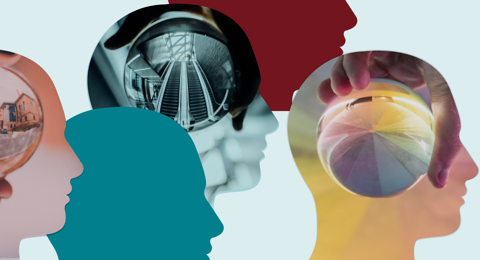
Learning Isn’t Just for Kids
Missed our PLASTARC webinar on looking to academia for inspiration in transforming workplaces into learning environments? Good thing we took notes!
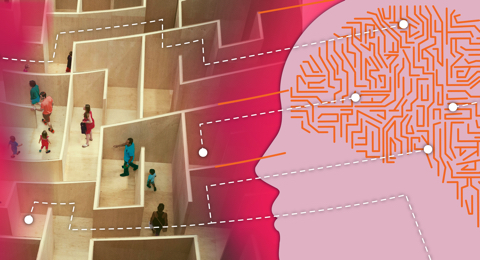
Social Sustainability
Fostering well-being in the workplace (and beyond!) positively impacts the bottom line. PLASTARC’s recent webinar dishes the data and the how-tos.
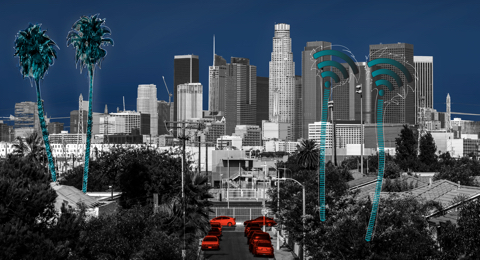
Supportive Design LA Style
PLASTARC recently presented on the intersection of urban design and workplace at WORKTECH’s Los Angeles conference, which had an overall focus on design that fosters employee wellbeing.
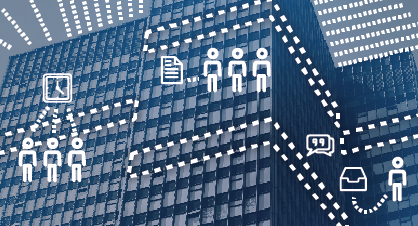
Ready, Set, Transform
GSA awards IDIQ contract to national design firms including PLASTARC. We're looking forward to advancing federal agencies with data-supported solutions to work-experience challenges.
Looking Ahead
If you get a moment between sipping eggnog and signing cards, check out these spectacular events.



